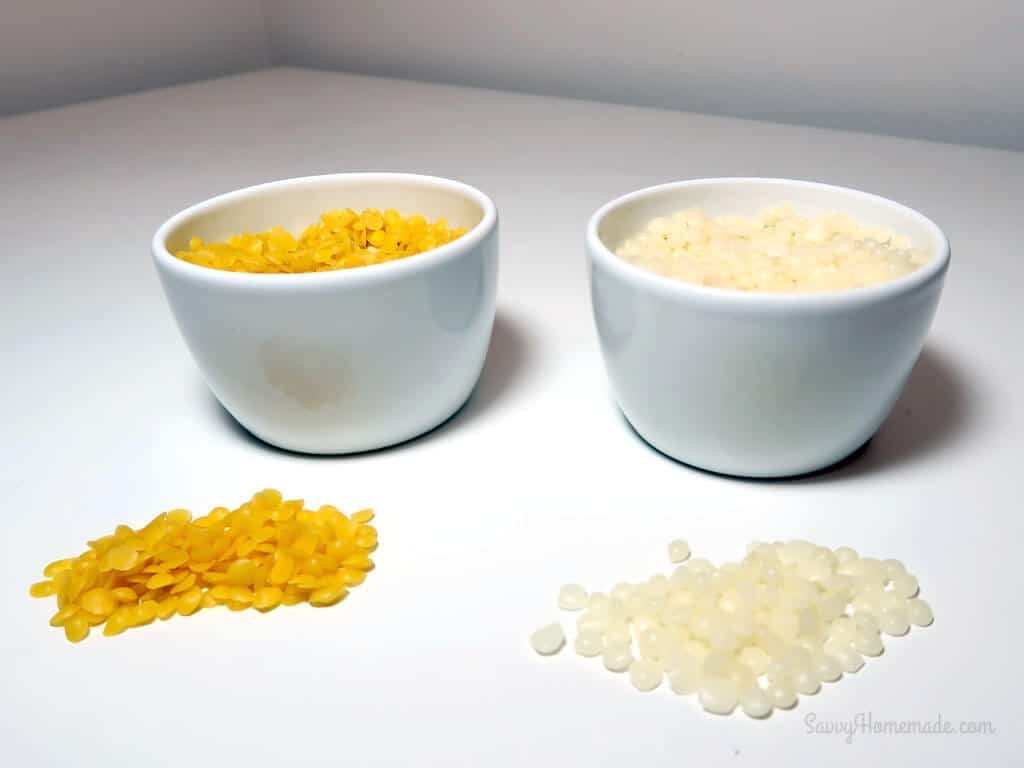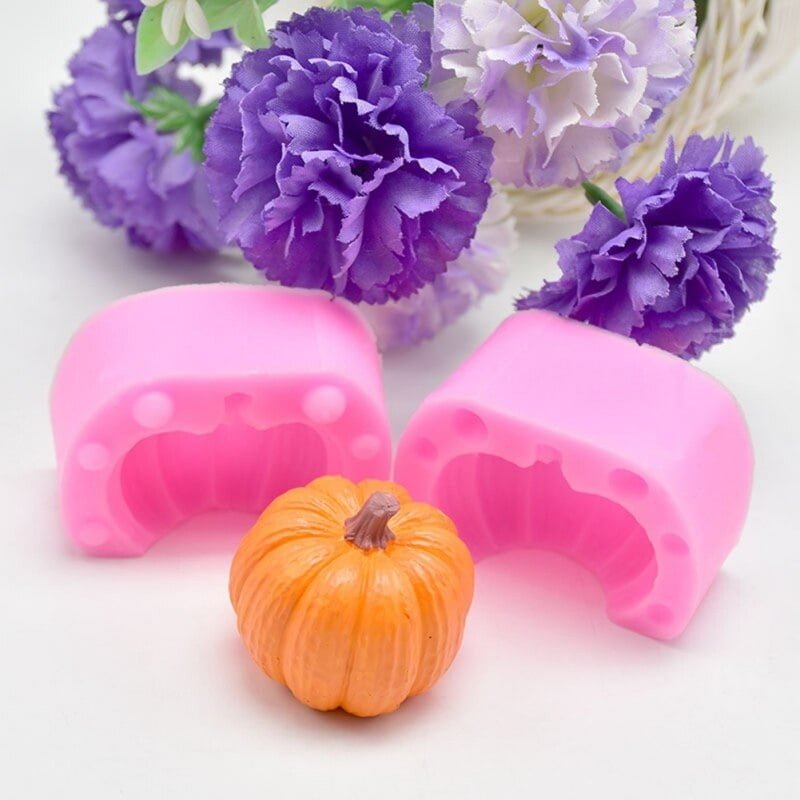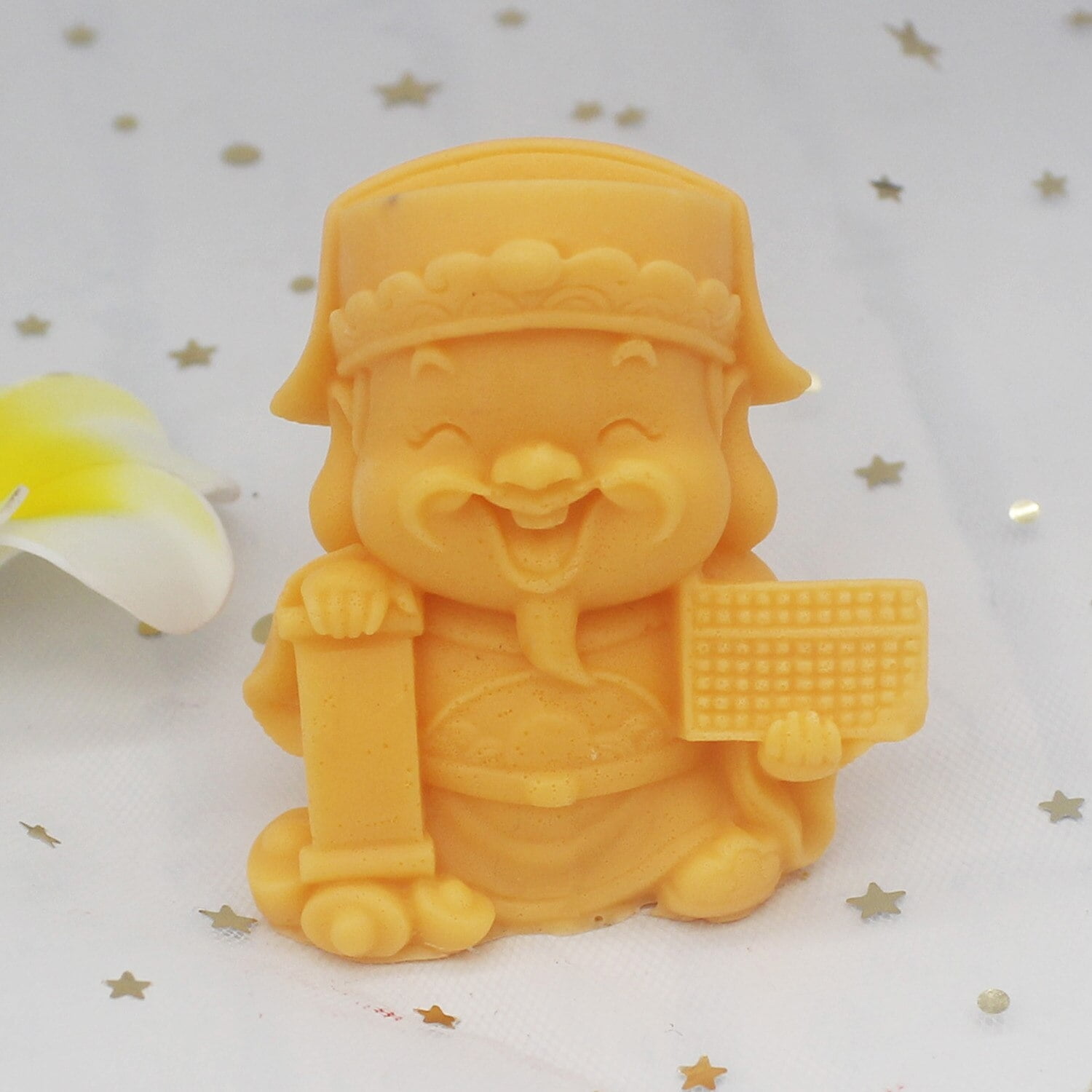Looking to create your own non-toxic candles? Choosing the best non toxic wax for candle making is crucial to ensure the safety and well-being of yourself and those around you. In this article, we will explore the importance of using non-toxic wax for candle making and the potential health risks associated with using toxic wax in candles.
The use of toxic wax in candle making can pose serious health risks, as burning these candles can release harmful chemicals into the air. This can lead to indoor air pollution and cause respiratory issues for individuals exposed to these toxic fumes. As such, it is essential to opt for non-toxic waxes when making candles to ensure a safer and healthier environment for everyone.
In the following sections, we will delve into the various types of non-toxic waxes available for candle making, discussing their unique benefits and characteristics. From soy wax to beeswax, coconut wax, rapeseed wax, and blended waxes, we will provide insights on how to work with each type of non-toxic wax and their respective advantages in candle making.
Whether you are a beginner or experienced candle maker, this article aims to equip you with the knowledge needed to choose the best non-toxic wax for your candle making endeavors.
Types of Non Toxic Wax for Candle Making
When it comes to making candles, using non-toxic wax is essential to ensure the safety and health of both the crafter and the end users. The best non toxic wax for candle making is crucial in avoiding potential health risks associated with toxic wax, such as respiratory issues, allergies, and even cancer. Therefore, it is important to be knowledgeable about the various types of non-toxic waxes available for candle making.
There are several types of non-toxic waxes that can be used for candle making, each with its own unique benefits and characteristics. Some of the most popular options include soy wax, beeswax, coconut wax, rapeseed wax, and blended waxes.
- Soy Wax: Known for its clean burn and natural origins, soy wax is a popular choice for candle makers looking for a sustainable and environmentally friendly alternative.
- Beeswax: With its natural aroma and long burn time, beeswax is a favorite among those who prefer a traditional and natural option for their candles.
- Coconut Wax: Offering excellent scent throw and a smooth texture, coconut wax has gained popularity as a versatile option for candle making.
- Rapeseed Wax: Recognized for its eco-friendly qualities and low environmental impact, rapeseed wax is an appealing choice for environmentally conscious crafters.
- Blended Waxes: Combining different non-toxic waxes can result in unique characteristics that cater to specific preferences in terms of burn time, scent throw, and texture.
Understanding the distinct features of each type of non-toxic wax allows candle makers to make informed decisions based on their desired outcome for their candles. Whether prioritizing sustainability or aiming for specific burn properties, there is a suitable non-toxic wax option available to meet these needs.
Soy Wax
In terms of usability, soy wax is known for its ability to hold a high fragrance load, resulting in strong and long-lasting scents when used in candles. It also has a lower melting point, making it easier to work with for beginner candle makers. However, one potential drawback of soy wax is its softness, which may lead to issues with the candle’s structure or appearance if not properly handled during the cooling process.
To make the most of using soy wax for candle making, it’s important to utilize proper techniques such as preheating jars and containers before pouring the melted wax and choosing the right wick size to achieve an even burn. Additionally, experimenting with different additives like essential oils or dyes can enhance the overall quality and aesthetic appeal of soy wax candles.
Overall, for those looking for a versatile and environmentally friendly non-toxic wax option for candle making, soy wax is undoubtedly worth considering.
When searching for the best non toxic wax for candle making, it ultimately comes down to personal preferences and project requirements. However, based on its clean burn, longevity, and fragrance-holding capabilities discussed above, soy wax stands out as an excellent choice for those prioritizing non-toxicity in their candle-making endeavors.
Beeswax
Unique Properties of Beeswax
Beeswax stands out among other non-toxic waxes due to its distinctive characteristics. It has a natural sweet aroma, which adds a pleasant scent to candles without the need for artificial fragrances. Additionally, beeswax candles emit negative ions when burned, which can help purify the air in your home by reducing pollutants and allergens.
Sustainable and Natural Aspects
One of the key advantages of using beeswax for candle making is its sustainability and natural origin. Unlike paraffin wax, which is derived from petroleum, beeswax is a renewable resource that supports beekeeping industry. By choosing beeswax candles, you are not only opting for a non-toxic option, but also supporting the preservation of bee populations.
Tips for Working With Beeswax
When working with beeswax for candle making, it’s important to note that it has a high melting point compared to other waxes. To achieve the best results, it’s recommended to melt beeswax slowly and at a lower temperature to avoid scorching or discoloration. Additionally, adding essential oils or natural pigments can enhance the aesthetic appeal and fragrance of beeswax candles.
Coconut Wax
Characteristics and Benefits of Coconut Wax
Coconut wax is known for its clean burn and excellent scent throw, making it an ideal option for creating fragrant candles. It has a higher melting point compared to other waxes, which allows for longer-lasting candles. Additionally, coconut wax is biodegradable and renewable, making it an eco-friendly choice for environmentally conscious crafters. The natural white color of coconut wax also provides an excellent base for dyeing or coloring candles.
Working With Coconut Wax
When working with coconut wax for candle making, it is essential to melt the wax slowly and at a low temperature to preserve its natural properties. Properly prepping the containers and wicks before pouring the melted wax will help ensure a successful candle-making process. Additionally, fragrance oils and essential oils blend exceptionally well with coconut wax, resulting in beautifully scented candles.
Recommendations for Coconut Wax Candles
For those looking to create non-toxic and sustainable candles, coconut wax is an excellent choice due to its impressive performance and environmental benefits. Whether you are a beginner or experienced candle maker, experimenting with coconut wax can result in high-quality candles that are both clean-burning and eco-friendly. When seeking the best non toxic wax for candle making, consider exploring the unique qualities of coconut wax for your next candle crafting project.
Rapeseed Wax
One of the key advantages of using rapeseed wax is its minimal environmental impact. The production process for rapeseed wax generates lower levels of greenhouse gases compared to other waxes, making it a more sustainable choice. Additionally, rapeseed is often grown as a rotational crop, which can help improve soil quality and reduce the need for chemical fertilizers.
In addition to its environmental benefits, rapeseed wax also offers versatility in candle making. It has a lower melting point than other waxes, which means it can produce a longer-lasting and cleaner-burning candle. This makes it an ideal choice for creating high-quality, non-toxic candles that are not only better for the environment but also for personal health.
When working with rapeseed wax in candle making, it is important to note that this type of wax may have a stronger odor compared to soy or beeswax. However, this can easily be addressed by adding fragrance oils or essential oils during the candle-making process. Overall, rapeseed wax provides a sustainable and non-toxic option for creating beautiful and eco-conscious candles.
Blended Waxes
When it comes to candle making, using a blended wax can offer a range of benefits, combining the unique characteristics of different non-toxic waxes to create a superior product. Whether you are looking for improved scent throw, longer burn time, or a more aesthetic appearance, experimenting with blended waxes can provide you with the perfect solution for your candle making needs.
Benefits of using blended waxes include:
– Enhanced fragrance throw: Blending waxes such as soy and coconut can improve the fragrance throw of your candles, allowing for a more potent and long-lasting scent when burned.
– Improved burn performance: Combining beeswax with soy or rapeseed wax can result in a longer burn time and reduced tunneling, providing an overall better burning experience for your candles.
– Aesthetic versatility: Blending different waxes can also offer a wider range of colors and textures, allowing for more creativity in the visual aspect of your candles.
Recommended combinations of non-toxic waxes for creating blended waxes include:
1. Soy Wax + Beeswax: This blend offers the clean burn of soy wax and the natural honey-like aroma of beeswax, resulting in a high-quality candle with excellent burn performance.
2. Coconut Wax + Rapeseed Wax: Combining these two waxes provides a creamy texture and good scent retention, ideal for creating scented candles with a smooth finish.
3. Soy Wax + Coconut Wax + Beeswax: This triple blend combines the best qualities of all three waxes, offering an even cleaner burn, excellent scent throw, and a visually appealing finish.
Experimenting with different combinations of non-toxic waxes for candle making can lead to discovering the perfect formula for achieving your desired results in terms of appearance, performance, and environmental impact. With the right blend, you can create high-quality candles that are not only safe to use but also enjoyable and sustainable. Investing time in researching and testing various combinations will ultimately lead to finding the best non-toxic wax for candle making that meets all your specific needs.
Conclusion and Recommendation
In conclusion, the use of non-toxic wax for candle making is crucial for ensuring the safety and well-being of both the candle maker and the end consumer. As outlined in this article, there are several types of non-toxic waxes available, each with its own set of benefits and characteristics. Whether it be soy wax, beeswax, coconut wax, rapeseed wax, or blended waxes, there is a wide range of options to choose from when creating non-toxic candles.
After exploring the advantages and disadvantages of each type of non-toxic wax, it is evident that soy wax stands out as the best non-toxic wax for candle making. Not only is soy wax readily available and affordable, but it also burns cleaner than traditional paraffin wax, making it a popular choice among environmentally conscious consumers.
Additionally, soy wax can easily be combined with other natural waxes to create unique blends that offer the best of both worlds in terms of performance and sustainability.

Welcome to my candle making blog! In this blog, I will be sharing my tips and tricks for making candles. I will also be sharing some of my favorite recipes.





